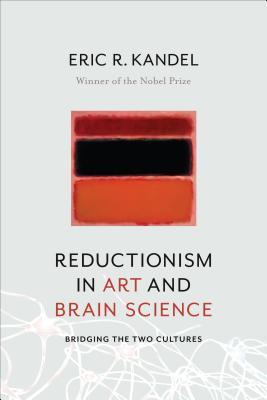What do you think?
Rate this book


240 pages, Hardcover
First published August 1, 2016
… we respond more strongly to the exaggerated depiction of a face by an Expressionist artist such as Oskar Kokoschka or Egon Schiele because the face cells in our brain are tuned to respond more powerfully to exaggerate facial features than to realistic ones. How, then, do we respond to abstract art? What machinery in the brain enables us to process and perceive paintings whose images have been radically reduced, if not eliminated? One point that emerges clearly is that many forms of abstract art isolate color, line, form, and light, thus making us implicitly more aware of the functioning of the individual components of the visual pathway
Moreover, the separation of color from form is consistent with what we know about the anatomy and physiology of the primate visual system. That is, form, color, movement, and depth, are analyzed separately in the cerebral cortex.
… thus, what abstract artists contend, and abstract art itself bears out, is that an impression, a sensory stimulation of the retina, is merely a spark for associative recall. The abstract painter does not intend to provide pictorial detail, but rather to create conditions that enable the viewer to complete the picture, based on his or her own unique experience.